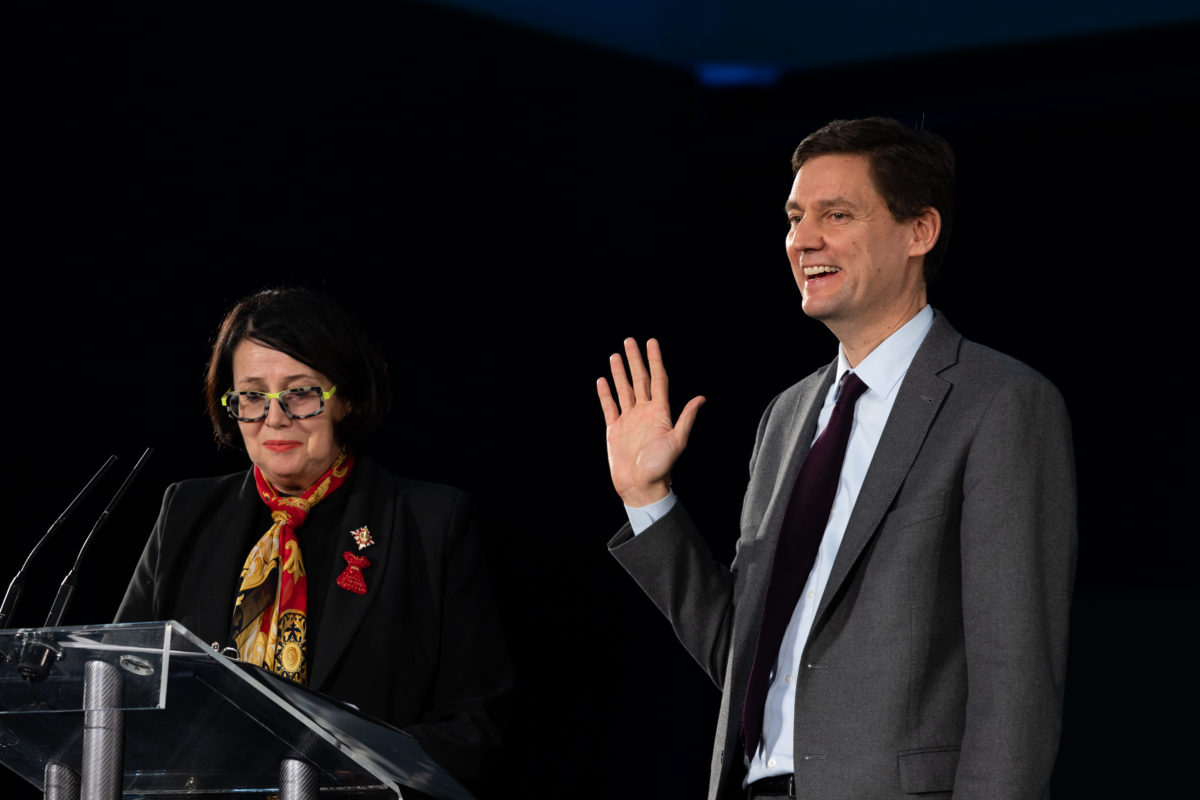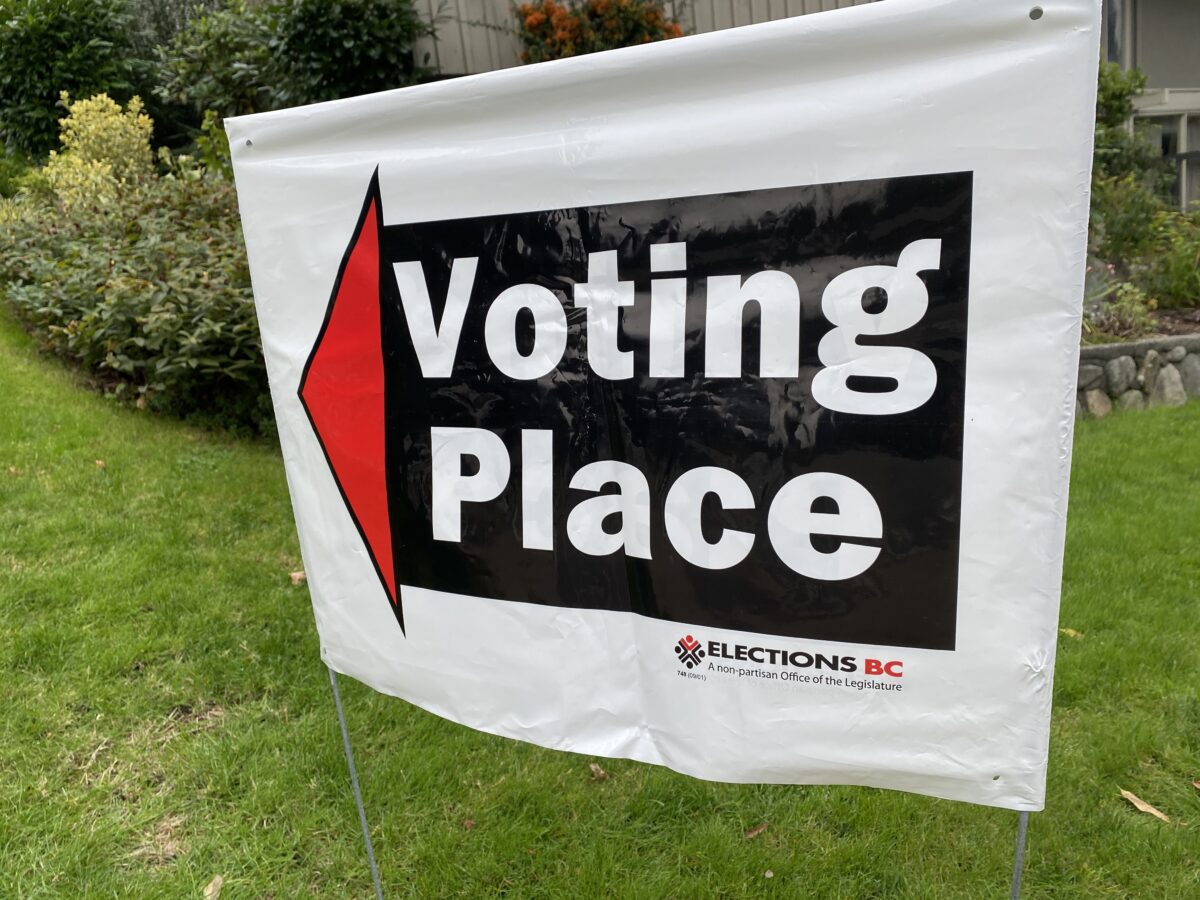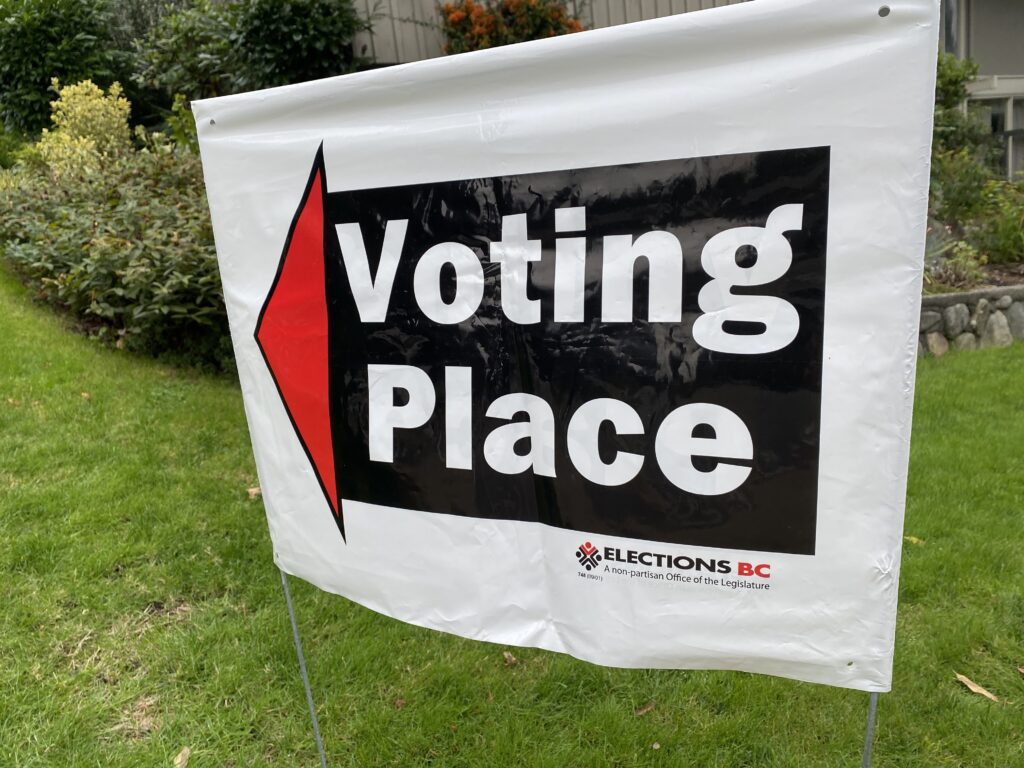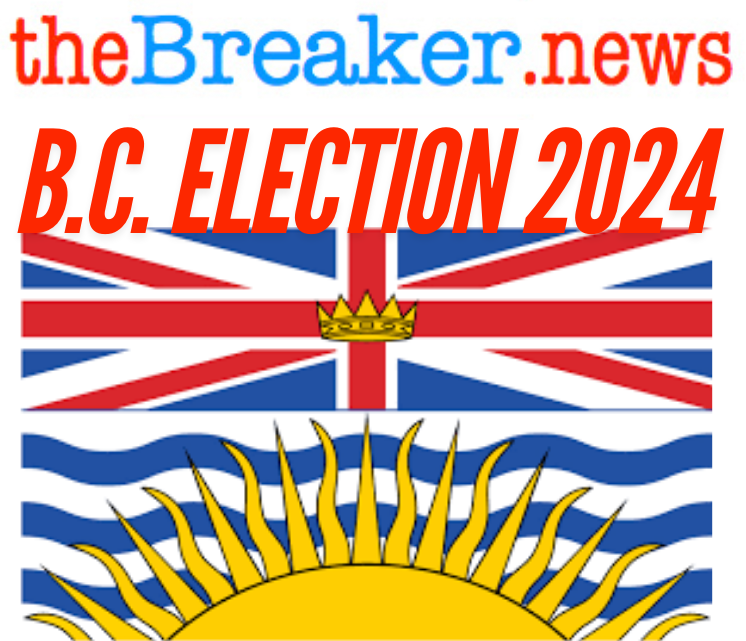Eby offers olive branch to victorious Trump, week after vowing to shun some Conservatives in B.C.
Briefly: NDP premier sets Nov. 18 for swearing-in of new cabinet.
Bob Mackin
After Donald Trump defeated vice-president Kamala Harris, B.C. Premier David Eby issued a three-sentence statement on X, the app owned by Trump-supporting Elon Musk.
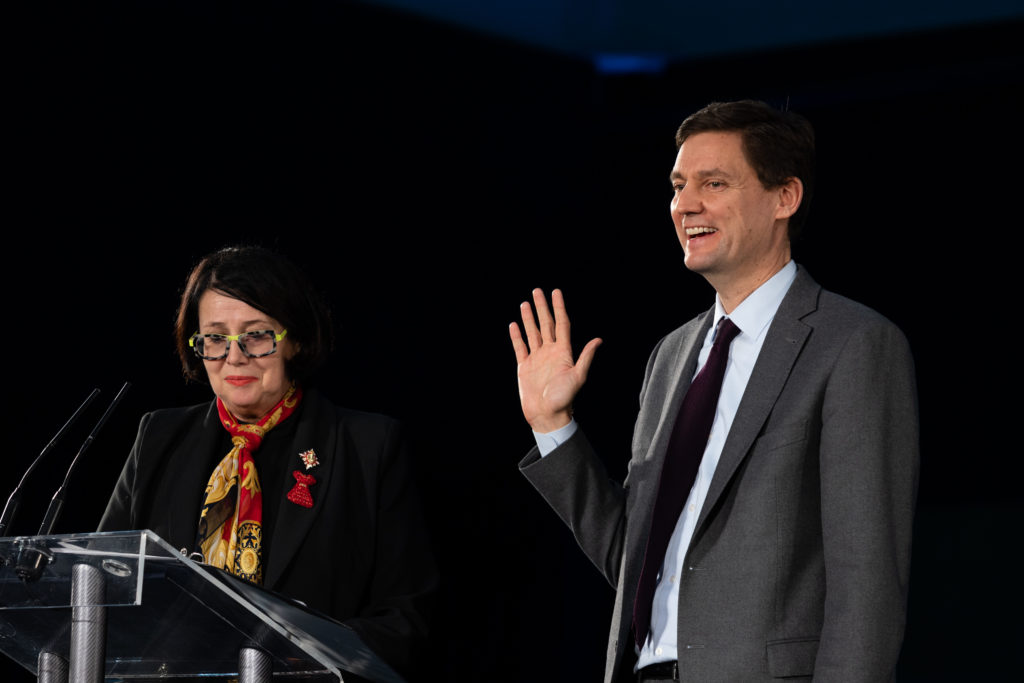
David Eby’s swearing-in on Nov. 18, 2022 (BC Gov)
“Congratulations to President-elect Trump. Americans have sent you to do a critically important job for them,” Eby wrote. “British Columbians are close neighbours with family, relationships and businesses on both sides. Looking forward to working collaboratively on our shared priorities.”
Some 115,000 American citizens live in B.C., which counts the U.S. as its biggest trade and tourism partner. Also on election night, Democrat Bob Ferguson, Washington’s Attorney General, defeated Republican Dave Reichert to succeed the retiring Jay Inslee as the Evergreen State’s governor.
Eby’s message to Trump came a week after he told listeners of Victoria’s CFAX radio that the NDP would shun some Conservative MLAs in the wake of the Oct. 19 election.
“There are some MLAs in that Conservative party that we are just not going to be able to work with,” Eby said Oct. 31. “The Conservatives under [John] Rustad fielded some candidates that put things on the ballot that I never imagined would be on the ballot, around just open hatred and discrimination against Indigenous people, against people who are gay, women, Muslims, the list goes on.”
Rustad also congratulated Trump, but said: “B.C.’s number 1 priority must be to push America for progress on ending punitive softwood lumber tariffs.”
Rustad’s chief of staff, Azim Jiwani, said he was glad that Eby offered congratulations to Trump.
“But, Premier, you owe [Conservative campaign manager] Angelo Isidorou an apology for calling him a ‘white nationalist’ for wearing a MAGA hat years ago [in 2017],” Jiwani wrote on X. “His family received death threats.”
Cabinet-building
Eby has chosen Nov. 18, the second anniversary of John Horgan ceding power, as the date for his cabinet swearing-in ceremony at Government House in Victoria.
Conservative and Green MLAs will be sworn-in Nov. 12. NDP government caucus MLAs on Nov. 13.
Eby took the oath of office Nov. 18, 2022 from Lt.-Gov. Janet Austin at the Musqueam Indian Band’s Community Centre as a symbol of reconciliation.
Eby has nine cabinet vacancies due to pre-election retirements and election defeats, including education, environment, finance, Indigenous relations and transportation portfolios.
Eby’s transition team is co-chaired by special advisor on Indigenous reconciliation Doug White and deputy minister Shannon Salter, who also heads the public service.
White, who was active in the NDP campaign, billed taxpayers $340,872 during the 2023-2024 fiscal year. By comparison, Eby was paid $213,626 as Vancouver-Point Grey MLA and Premier.
Counting questions
Eby won a narrow, one-seat majority at the final count, 47 seats to 44 for the Conservatives and two for the Greens.
There is a chance that could change.
Judicial recounts in NDP-won Surrey-Guildford and Conservative-won Kelowna Centre are scheduled for Nov. 7-8.
Surrey-Guildford NDP incumbent Garry Begg’s 27-vote victory margin shrunk to 21 after Elections BC investigated widespread undercounting of ballots cast by voters outside their ridings.
Omissions in five ridings affected a total 69 of the 93 districts, but Elections BC chief Anton Boegman said no outcomes were affected.
“Election officials were working 14 hours or more on voting days, and on final voting day in particular, faced extremely challenging weather conditions in many parts of the province. These conditions likely contributed to these mistakes,” Boegman told reporters on Nov. 5.
One box in Prince George-Mackenzie, containing 861 ballots, will be opened and counted in front of a judge in Prince George on Nov. 12. It will not affect the win by pipeline lobbyist Kiel Giddens (Conservative) in that riding.
NEW: Subscribe to theBreaker.news on Substack. Find out how: Click here.
Briefly: NDP premier sets Nov. 18 for






